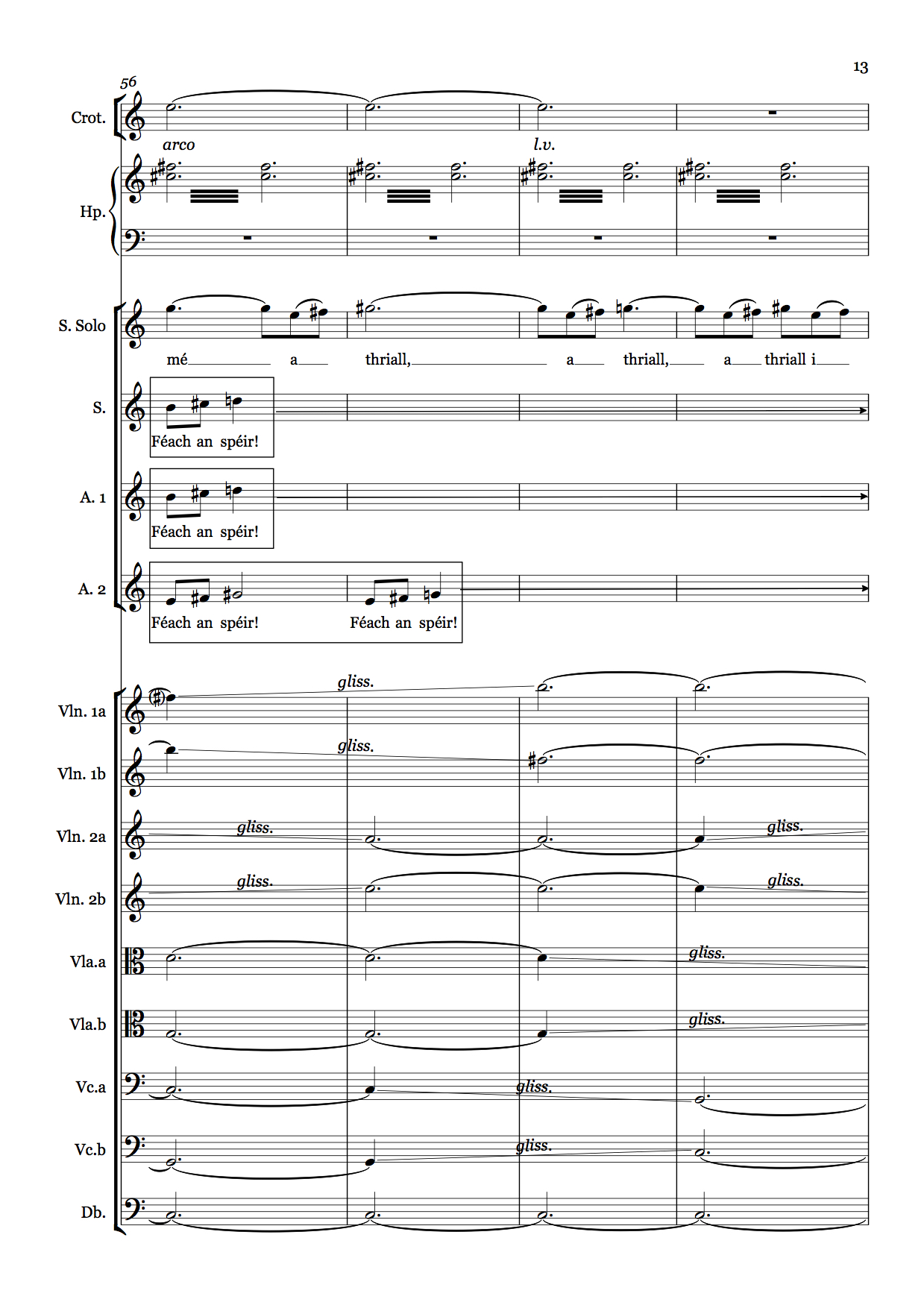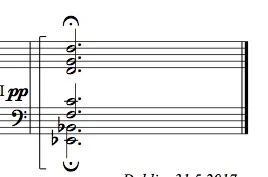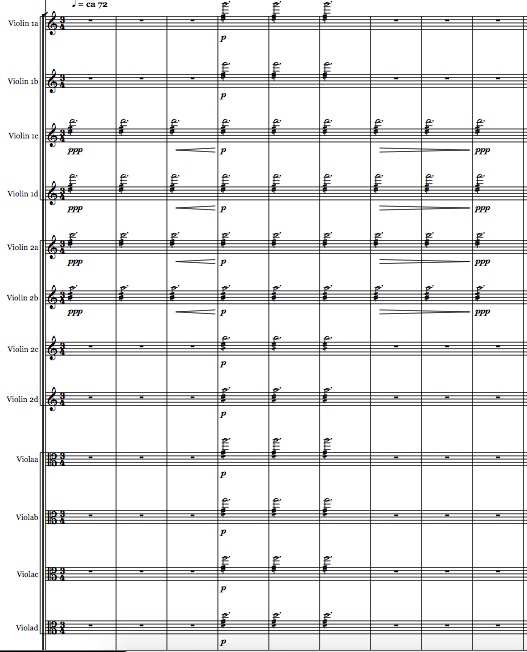I am a feminist. That is to say, I like to consider myself a feminist. However, as a straight white male born in the Western world in a body I identify with, with all the privileges that come with that, it can be difficult sometimes. I don't mean that it's difficult to be a straight white man, or even really that it's difficult to be a feminist – although it's sometimes difficult to get people to understand why I'm a feminist. I mean that it can sometimes be difficult to remember to be a feminist. Sometimes it can be easy to forget just how privileged I am, simply because I was born male to white, Western parents.
The programme for the National Concert Hall's celebration of 100 years of music since the Easter Rising, Composing the Island, was recently published, and I was delighted and proud to find myself included as one of 4 Irish composers with featured world premieres, and one of 91 living Irish composers to have a piece included in the programming. (This is purely because I sent a piece to Paul Hillier, Artistic Director of Chamber Choir Ireland, who found it suitable for the purposes of the concert.) I made the customary facebook post, told my mum, and went about the rest of my day feeling pretty chuffed. Sure, I had a look at the rest of the programme, but nothing much stuck out to me as wrong with it.
So what is wrong with it?
Out of 4 world premieres, all 4 have been composed by men.
Out of 91 living Irish composers, only 17 are women.
Out of almost 200 pieces of music, only 23 are by women.
I didn't even notice the staggering discrepancy until my good friend, the composer* Jane Deasy pointed it out. This is what I mean when I say that it's difficult sometimes. It's difficult, going about in a world where I'm not passively excluded or overlooked due to my gender or race, to remember that there is a vast chunk of our society who are excluded and overlooked. It's well and good for me to give myself a little pat on the back every time I programme a female composer in my own choral concerts**, but how can I justify it in the context of not even noticing that barely a quarter of the living composers represented this September will be women?
The blame for this doesn't lie with any one person or body. So far as I am aware, each individual performer/performing group in Composing the Island was responsible for their own programming, possibly with NCH oversight. Of course, in concerts of older music it's more or less inevitable that men will be more prominently featured. The privilege we still enjoy today is thankfully greatly diminished when we consider the privilege enjoyed by white men 100 years ago. However, in concerts of contemporary music, it truly is unforgivable. But in the majority of cases, I highly doubt it's malicious. It's nobody's fault.
And yet, it's everybody's fault.
I failed to notice the gender imbalance in the programming, simply because I didn't think to look for it. In the same way, those who put together this programme probably simply didn't think to include a significant number of women – like those who put together the Waking the Nation programme announced by the Abbey last year, like those who curate almost every artistic exhibition, series or programme. It is certainly not that there is a dearth of active female composers in Irish society. I don't have the statistics off the top of my head, but any idiot can glance at the Contemporary Music Centre Website and see that more than a quarter of living composers represented are women. All it would take to be more inclusive would be to think about it a little more. When I set up Dulciana with the goal of performing a significant amount of music composed for upper voices by women, I thought it would be relatively difficult to come up with more than a couple of concerts. A year and a half on and I've filled an entire notebook with potential programme ideas centred wholly around the music of individual women. My mind was blown at how easy it is to find the sheer volume of pieces of music written for this relatively niche grouping, that isn't performed simply because no one seems to look for it. In many cases, (as in the case of Imogen Holst) the music is still in copyright, but out of print, and there is no way to buy it. I could, (and I may) put on an entire hour of music composed or arranged by Imogen Holst for upper voices, and yet most of it is rarely if ever performed. Upon rehearsing it, it became obvious that the reason for the neglect could not possibly be the quality of the music. It matches the music of Gustav, and in some cases outshines it.
Imogen Holst is just one woman out of many whose voice wasn't given its due in her day, and is still being ignored. I won't even begin to go into the tragedy of Rebecca Clarke. It is bewildering to me that this sort of thing is ongoing in the 21st century. And yet, it is my fault too, because it took a woman to point it out to me, even when it was laid plainly in front of me. Feminism, I am learning, cannot be a passive attitude. It cannot be something we take out of the box when it suits us. Feminism must be a conscious daily decision, or it too will go passively un-noticed by the status quo.
If you are a female composer and would like Dulciana to programme your music, drop us a line on dulciana.vocal.ensemble@gmail.com with a link to where we can find your music, or check out our call for scores.
Since writing this blog, I had an encounter with a barber – straight, white, male – who was complaining about the congestion in Dublin's city centre on June 25th. The congestion had been due to the Pride parade. "Why do they need pride?" he asked. "Sure they got gay marriage last year. You never see straight people asking for a pride parade." To my shame, I stayed silent, because I didn't want to rock the boat. I was only there to get my hair cut, and he wasn't cutting my hair. Passivity beats equality again.
*As though the mere word "composer" could possibly begin to describe the phenomenally broad contribution Jane makes on a regular basis not only to contemporary Irish music, but also theatre.
**For those of you not in the know, I run a female voice vocal ensemble who are committed to an annual concert consisting exclusively of music, new and old, by female composers. Even with this, and including music by women as much as often as I think of it in our other concerts, our programming regrettably is skewed towards music by male composers.







